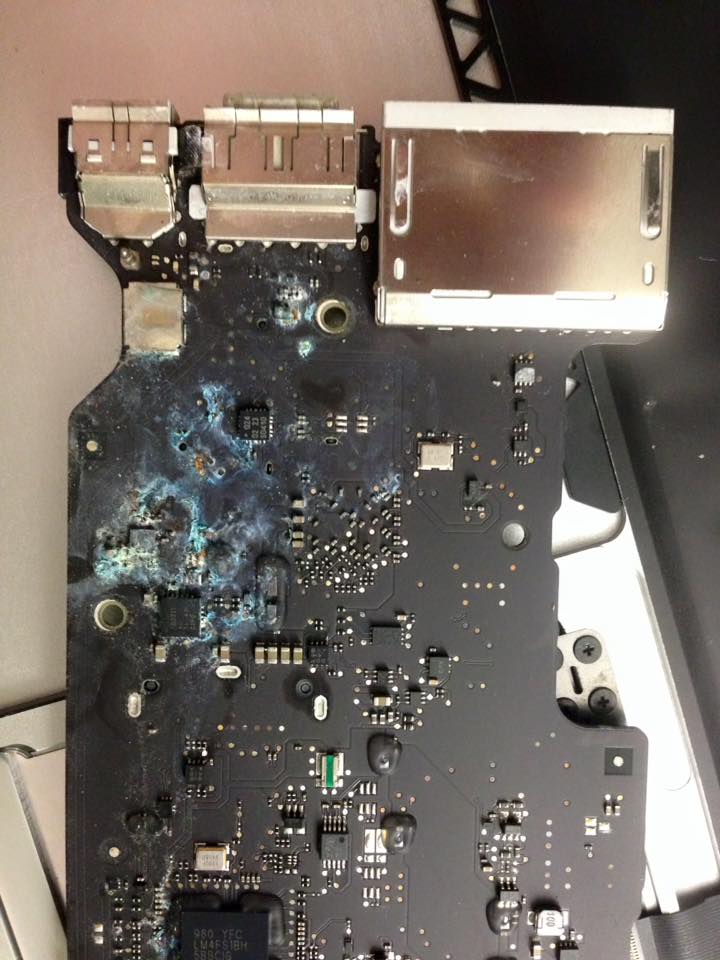I've had experience with quite a number of Macs with liquid spills. If you do not open the bottom case to clean it, some will fail and become beyond repair. There are some risky DIY methods and some DIY methods that require a bit of technical know-hows. Like simple disassembly and reassembling.
The DIY method that works with slight risk
1. Firstly, power off your Mac immediately by performing a hard shutdown by pressing and holding on the power button.
2. Get hold of a philips crosshead screwdriver and open up the base. For Retina Macbook Pro and Macbook Air, your need a P5 Pentalobe screwdriver. iFixit comes to mind. Else just google and see if other stores sell it.
3. Dry out any water you see, looking for areas where the water indicators have turned red. Inspect and look for corrosion. If there is corrosion, it is best to send it for repairs.
4. Dismantle the entire Mac, get hold of a WD40 electrical contact cleaner. Spray the entire logicboard on both sides with it. Leave your logicboard to dry for at least 24 hours. Reassmble and power on.
The DIY risk it method
1. Perform step 1, 2 and 3.
2. Open the LCD to 90 degrees angle.
3. Lay your Macbook upside down on a table edge with a towel underneath.
The professional method
1. Send it in to a professional repair service that explicitly states they do chemical cleaning for water damaged Macs as soon as possible. Anything more than 1 week is quite hard to repair.
It is totally untrue that water damaged or logicboards with some corrosion cannot be repaired. Most places can't do it because they do not do component level repairs on the logicboard. It is also possible to revive Macs within hours as professional Mac repair services can do chemical cleaning of even corroded Macbook logicboards with industrial strength cleaning machines and chemicals, and speed dry them with industrial blowers.
Do nots
1. Put it in rice. You are leaving the logicboard inside with water. Your logicboard might grow mould.
2. Use a hair dryer. The LCD might be damaged and the hair dryer pushes water further in.
3. Leave it to "dry" and power it on a few days later. Sometimes this works, but days or weeks down the road, if there is water and moisture, the components inside can start to corrode.
This is what happened to my friend's Macbook Air. He said it suddenly stopped working one night. A number of my customers brought their Macs in after 1 month of usage after a liquid spill. Passing electricity through a Mac with water is like doing electroplating. The rust and corrosion with be adhered to the components.

This blog details some repair tips.
[URL="http://www.macplus.sg/blog/"]http://www.macplus.sg/blog/[/URL]